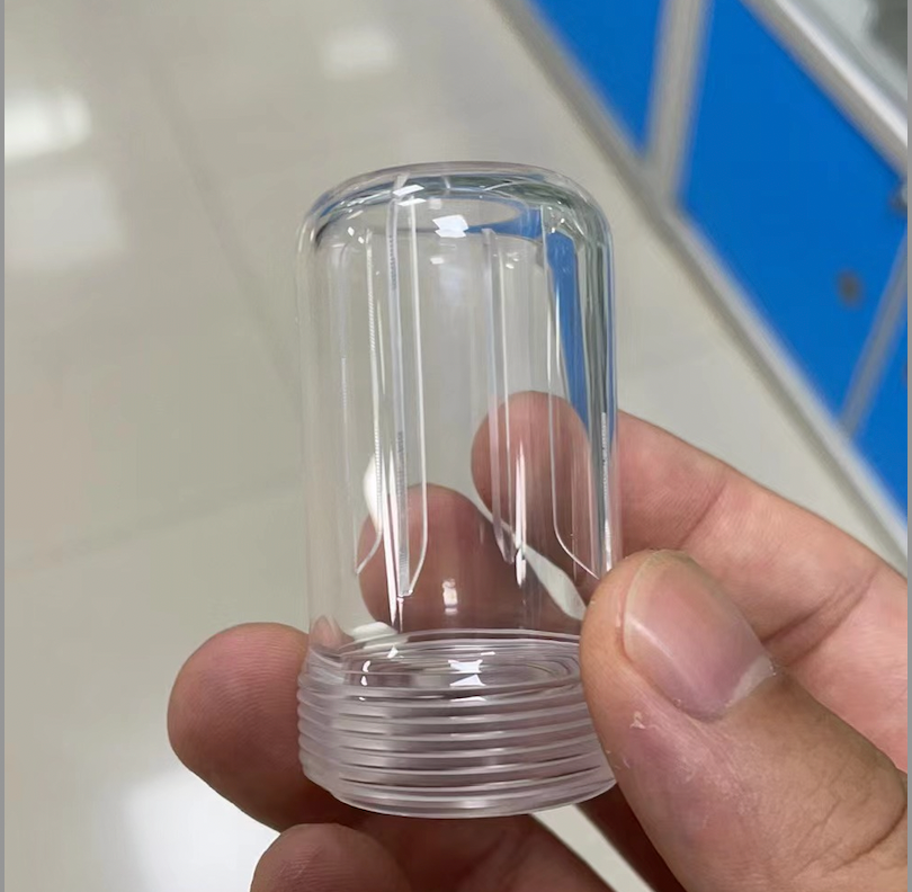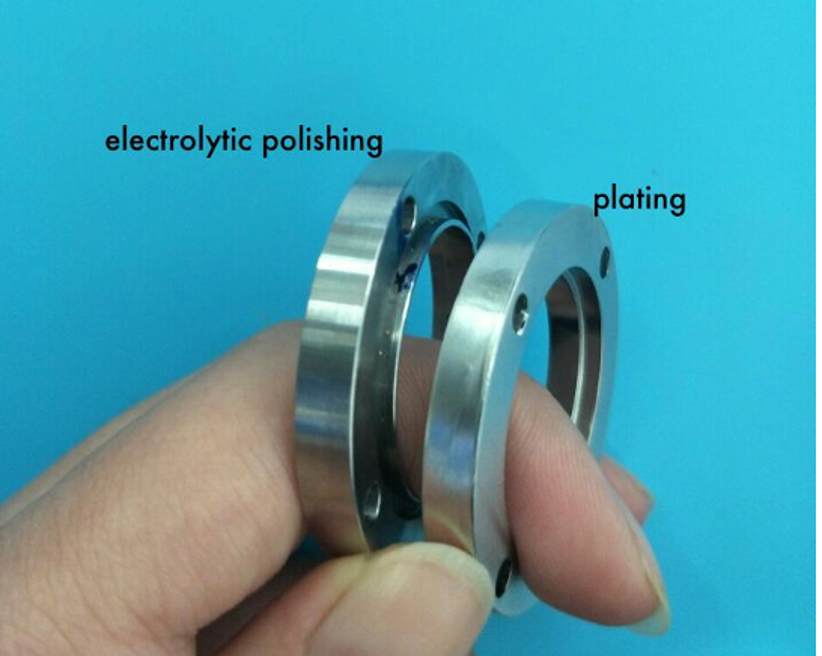In order to make a good model of the exquisite Prototype, after the process is also essential, the following is the hand plate model making some commonly used processes. College of common metal materials surface treatment methods are: plating, vacuum plating, black, passivation, sandblasting, etching, drawing, painting, grinding, polishing, oxidation, laser carving, water plating copper (aluminum), black passivation and steel. Common college plastic parts surface treatment: spray painting, printing, texture, plating, vacuum plating, sand blasting, water plating (ABS plating can't split open a) water.
1. Smooth: the use of sandpaper on the workpiece appearance for friction, to remove the workpiece surface burr, machining lines, bonding marks and other defects, so as to improve the flatness of the workpiece, reduce the roughness, make the workpiece surface smooth, fine.
2. Sandblasting: through the sandblasting machine wind sand to the surface of the workpiece, forming a layer of dense pits on the surface of the workpiece, because of the impact and cutting of abrasive on the surface of the workpiece, so that the surface of the workpiece to obtain a certain cleanliness and different roughness, improve the mechanical properties of the workpiece surface, so as to improve the fatigue resistance of the workpiece, Increase the adhesion between the workpiece and the paint coating, prolong the durability of the paint film, but also conducive to the flow of paint and decoration.
3. Polishing: on the basis of grinding the use of flexible polishing tools and abrasive particles or other polishing media on the surface of the workpiece modification processing. Polishing does not improve dimensional accuracy or geometric accuracy of the workpiece, but is done to obtain a smooth surface or mirror finish, and sometimes to remove gloss (extinction). The surface roughness of the workpiece after polishing can reach Ra0.63 ~ 0.01 micron.

4. Plating : through chemical reaction, in the material surface with a layer of other metal, used to increase the anti-corrosion properties of metal, or change the size, and can achieve certain beautify the appearance effect, is a common way of surface treatment, such as: electric galvanized, nickel plating, etc. Electroplating is generally divided into wet electroplating and dry electroplating. Wet method is commonly referred to as water plating; Dry method is commonly known as vacuum plating.

5. Powder-coating: electrostatic spraying is the use of corona discharge phenomenon to adsorb powder coating on the workpiece. The process goes like this: Powder coating by the powder supply system by compressed air gas into the spray gun, in the front end of the gun with high voltage electrostatic attack of high pressure, because corona discharge, in the vicinity of the attack dense charge, powder by the gun nozzle spray, form charged coating particles, it is electrostatic effect, is sucked to its polarity opposite to the workpiece up, followed by spray powder increase, charge accumulation is more, When reaching a certain thickness, because of the effect of electrostatic extrusion, it does not continue to adsorption, and then make the whole workpiece to obtain a certain thickness of powder coating, and then through the heat to melt the powder, leveling, curing, that is, on the surface of the workpiece to form a hard film. Advantages and disadvantages of electrostatic powder spraying: do not need diluent, small toxicity, does not pollute the environment, coating quality is good, adhesion and mechanical strength is very high, corrosion resistance, curing time is short, do not need primer, low skill requirements of workers, powder recovery application rate is high; The coating is very thick, the appearance effect is corrugated, not slippery, can only process semi-matte, light these two appearance effects.
6. Printing:
Screen printing: (1) In screen printing on the surface of the material identification process, generally speaking, there are two methods of flat screen printing and pad printing, mainly on the same principle as a film camera imaging principle, is also a process of exposure. Flat screen printing is mainly used in the general plane, but if there is a deeper pit, you need to use pad printing.
2) Pad printing (curved surface printing) : It refers to the use of a piece of flexible rubber to print words and patterns to the surface of plastic molding products containing curved surface or slightly concave and convex surface. Pad printing is to first put ink into the intaglio engraved with words or patterns, and then copy the words or patterns onto the rubber, and then transfer the words or patterns to the surface of the plastic molding product, and finally through heat treatment or ultraviolet irradiation and other methods to solidify the ink
7. Laser carving: college radium vulture is also called the laser engraving, is a kind of surface treatment technology using optical principle. For example, to do a keyboard, it has blue, green, red and gray words, the key body is white, laser engraving, first spray oil, blue words, green words, red words, gray words each spray the corresponding color, so it looks like there are blue keys, green keys and other keys, and then the whole spray a layer of white, so that is a whole white keyboard, the blue and green are wrapped in the following. Then the film made of laser technology and key drawings submitted by industrial designers is carved out of the white oil and presented with blue and green symbols of keys.
8. Brush : Wire drawing treatment is a kind of surface treatment technique that is formed by grinding products on the surface of the workpiece and plays a role in the decoration effect. Drawing can be a good performance of metal material texture, can make the metal surface to obtain non-mirror metal luster.
9. Passivation: college under certain conditions, when the potential of the metal due to local anode current and anode current or move to the positive direction, originally lively dissolved metal surface state will mutate. The rate at which metals dissolve drops sharply. This abrupt change in surface state is called passivation. Passivation can improve the passivation performance of metal materials, promote the passivation of metal materials in the use environment, improve the mechanical strength of metal, is one of the most effective ways of corrosion control, enhance the adhesion between metal and film.
10. Blacken: black finish college surface, also known as blue. Blackening treatment is now commonly used methods have the traditional alkaline heating blackening and the appearance of late room temperature blackening two. The black protective film is black, improve the corrosion resistance and mechanical strength of the metal surface, and can also be used as a good bottom coating. (Stainless steel can not be blackened, iron blackening effect is the best)








